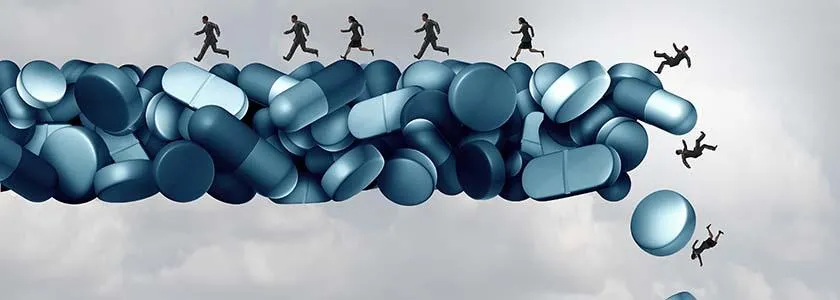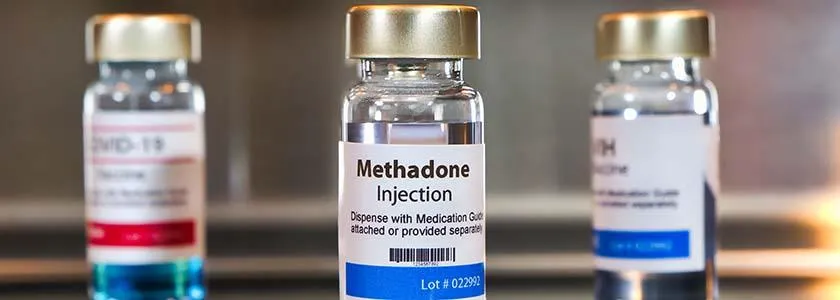The Portfolio Diet
In this episode of Lifestyle Matters.
This week, Dr Ferghal and I explore the ‘Portfolio Diet’; known for its effectiveness in lowering LDL i.e. ‘bad cholesterol’. This diet is said to be as effective as Lovastatin, which is a cholesterol lowering medication!
Before exploring this further let us gain a basic understanding of what Cholesterol is. Cholesterol is an essential waxy substance in our body that is needed for a variety of important functions including making hormones, building cells, and protecting our brains.
However, it often gets bad reputation, and this is largely due to the LDL (low density lipoprotein) which is the molecule that sticks to damaged parts of our blood vessels. This causes a variety of other cells to latch on to it which eventually forms plaques which can break off at any point and potentially obstruct blood flow to our heart. This obstruction leads to heart attacks.
HDL (high density lipoprotein) on the other hand is a molecule that scavenges excess cholesterol through our body and shuttles it to the liver to get excreted. Hence it is often referred to as the ‘good cholesterol’.
The Portfolio study demonstrated a 30.9% LDL reduction in the cohort that received Lovastatin compared to 28.6% who were on the Portfolio diet. This difference is not clinically significant.
So what exactly os the Portfolio Diet?
-
High plant protein – soy – 50gm/ day
-
High nuts & seeds – 50gm/ day
-
High viscous fibres 10-25gm/ day
-
High plant sterols – 2gm/ day
It is a diet very rich in fibre and would achieve the current recommendation of 40gm of fibre / day in women and 45gram/day in men which most of us do not usually consume.
How does the Portfolio Diet improve LDL levels?
-
High fibre: Especially soluble fibre. e.g. fruits, vegetables and oats do not get absorbed in the intestines. Instead, they bind to cholesterol molecules thus reducing its absorption
-
High plant sterols : These compete with cholesterol absorption in the gut thereby cholesterol absorption is reduced
But what are plant sterols?
These are naturally occurring cholesterol substances at low levels in plants and fruits. Unfortunately, it is not easy to get enough through our diet hence margarine spreads that are high in plant sterols are recommended.
There has been little evidence supporting this hence the Heart Foundation Guidelines have also recommended consumption of 2-3gm plant sterol / day.
Other potential benefits of this diet include reducing insulin resistance and blood pressure. A study demonstrated a 2 % reduction in blood pressure at 24 weeks compared to the DASH diet (Dietary Approaches to Stop Hypertension) which is quite astounding since this diet’s primary aim was not to reduce blood pressure.
This is undoubtedly not an easy diet to follow but if one can adhere to it strictly, there are certainly many benefits to gain.


 Login
Login











